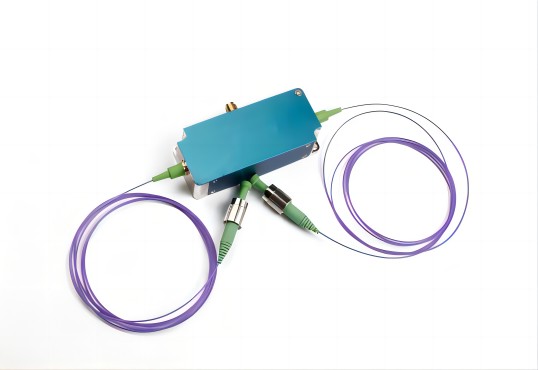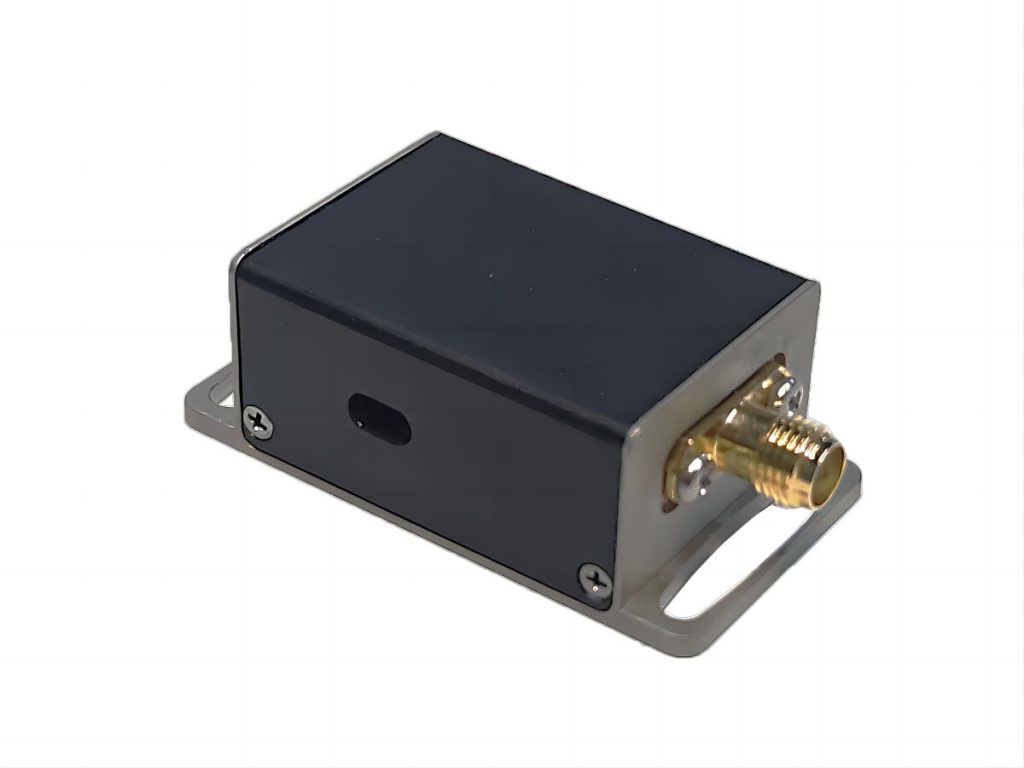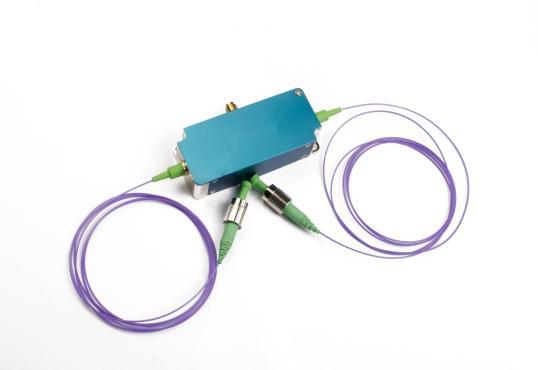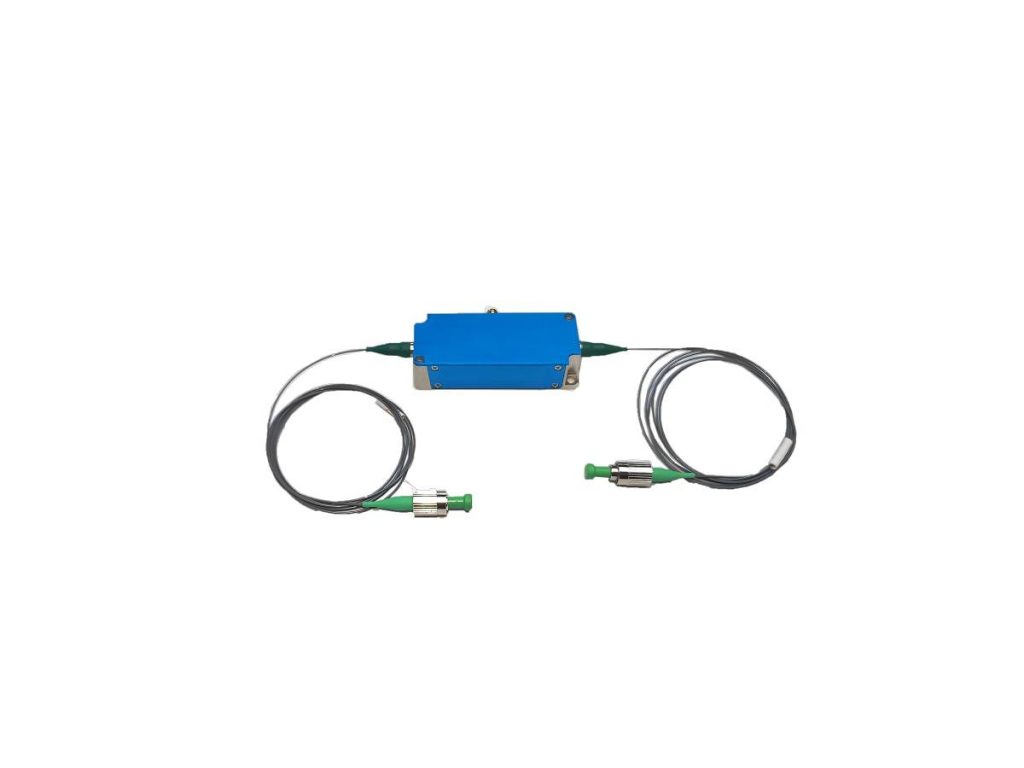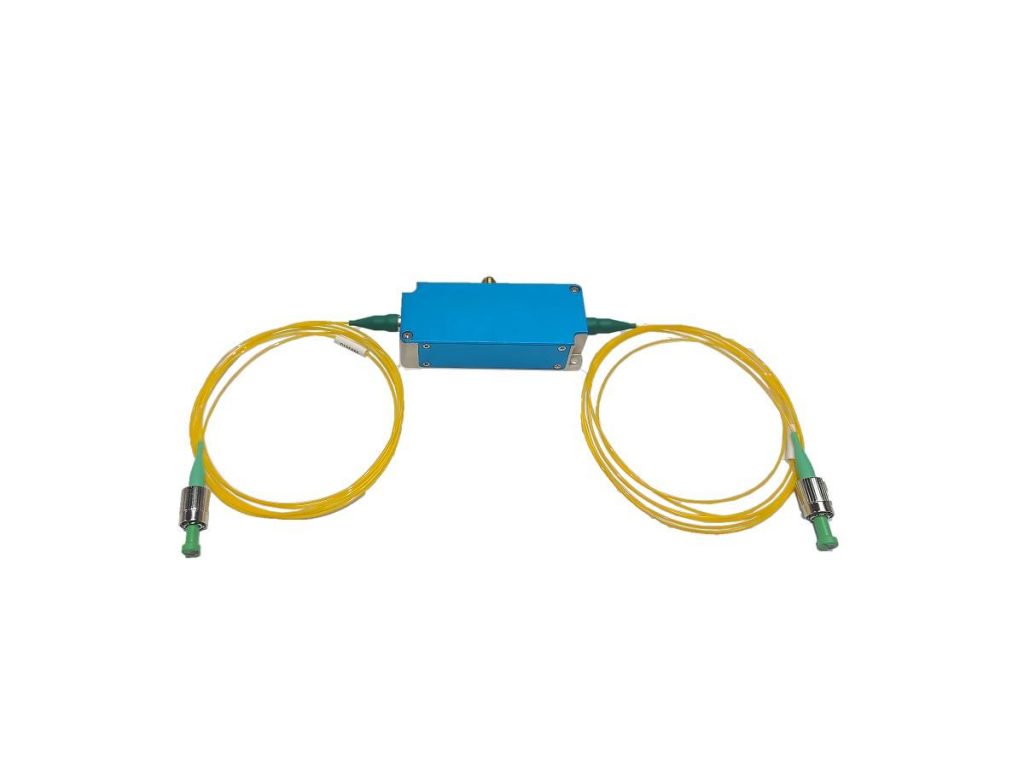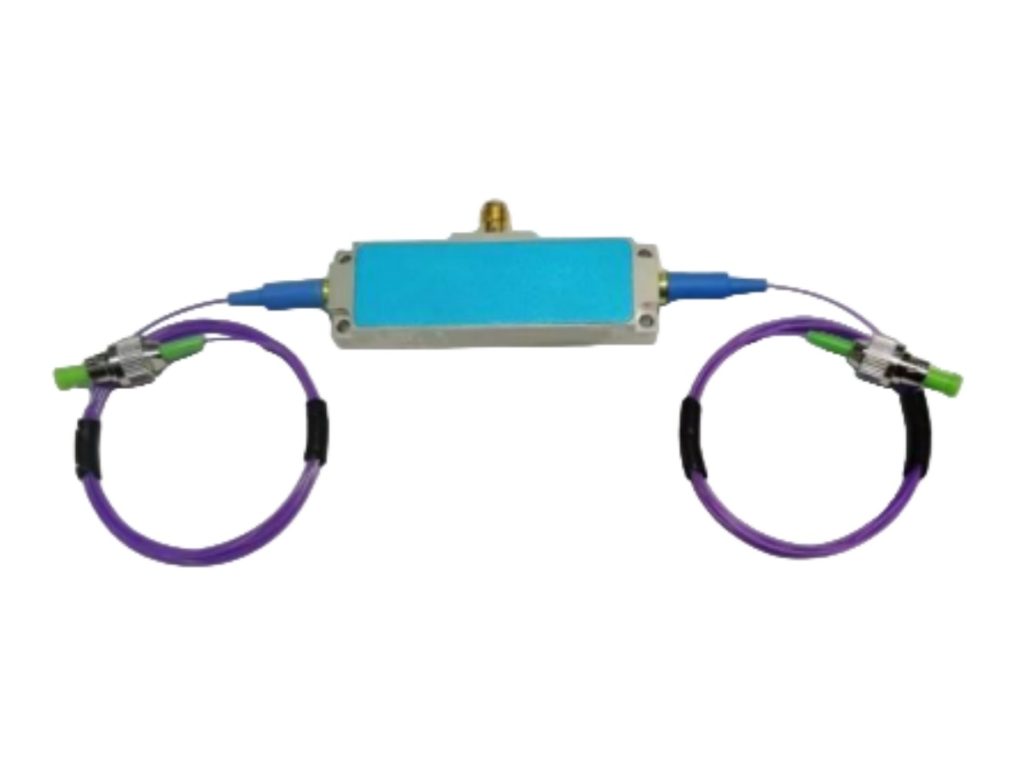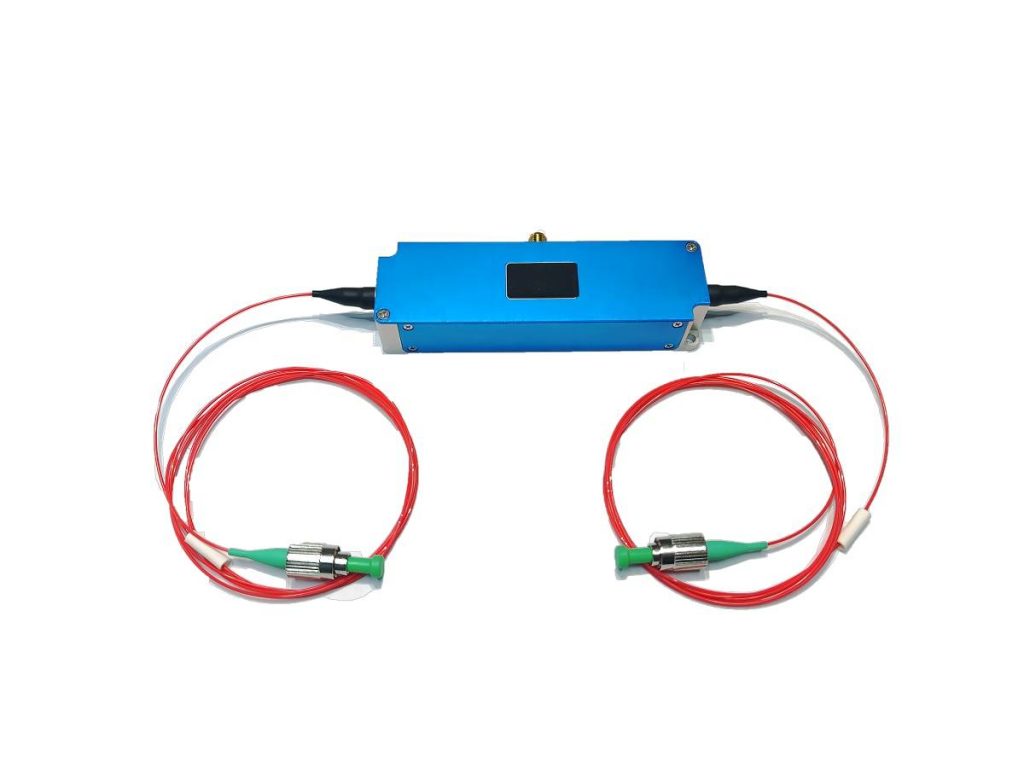The Interplay of Faraday Rotators and AOMs in Modern Optics
In the field technology of optical optics today, the capability to control and manipulate light has become more important. Two crucial devices, Faraday rotators as well as acousto-optic modators (AOMs) are key role in shaping the future of optical technology. While they may appear different, share the same fundamental principles and provide complementary functions in optical devices. This article focuses on the intricate connection between Faraday rotators as well as AOMs by examining their shared characteristics as well as the underlying concepts that underlie them and their various applications. We will explore what they do to light and the many ways they can be employed to control and modulate optical signals, and also the methods for achieving a high-quality co-operation between them.
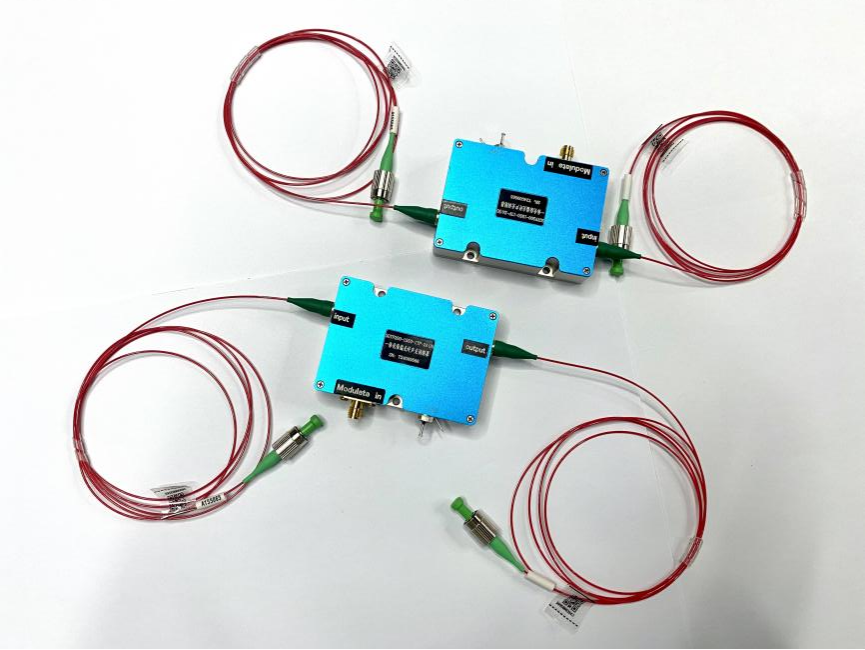
The Relationship Between Faraday Rotators and Acousto-Optic Modulators
Both Faraday rotators as well as acousto-optic modulators are optical devices that are based on the interaction of electrons and the matter. They make use of specific physical phenomena to alter the properties of light’s propagation. Faraday Rotators utilize an effect called the Faraday magneto-optic effect that rotates the light’s polarization plane. The rotates is controlled by a magnetic field that is external to the room. They are employed in optical isolators and switches to block reflection of light. Acousto-optic Modulators (AOMs) employ the acoustooptic effect to control the direction of light. The converter converts electrical signal into optical signals to enable fiber-optic transmission. AOMs are capable of achieving high modulation frequency, making them perfect for data communications with high speed.
Relationship:
While Faraday rotators as well as acousto-optic modators have distinct operating concepts and applications They both share fundamental concepts about the relationship with electromagnetic wave and material. The Faraday rotator is based on the magnetism of materials in an electromagnetic field, while the acoustic modulator relies on the effect of pressure waves generated by sound waves in the environment on light. Both are important components of contemporary optoelectronics and play a key role in various fields. In some complex optical devices, the combination of the two modulators can realize complex optical signal processing.
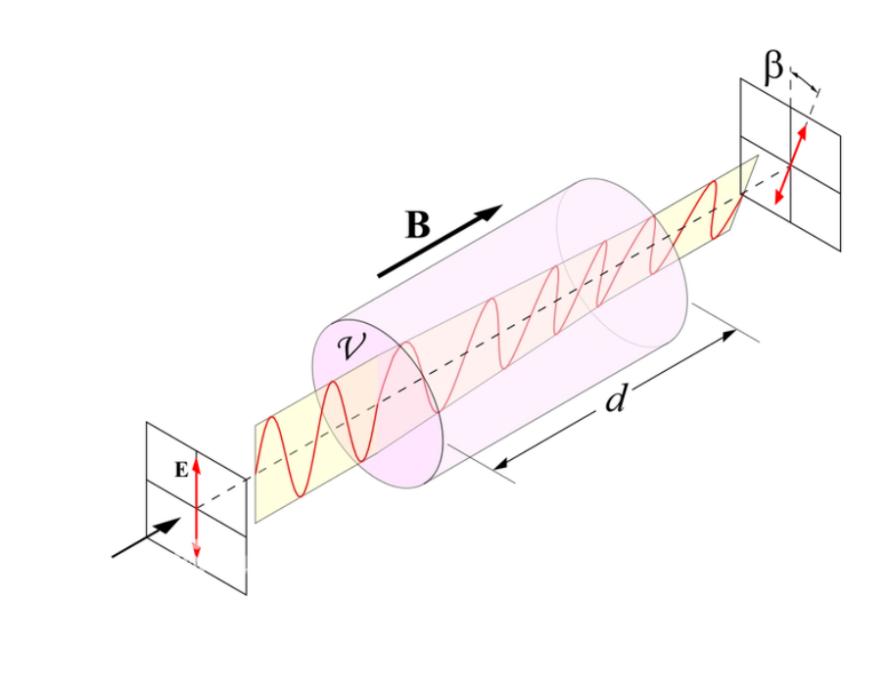
Common Features of Faraday Rotators and Acousto-Optic Modulators in Modern Optical Systems
While Faraday rotators as well as acousto-optic modulators (AOMs) work according to distinct principles, both have some common features in the modern optical system:
1. Interaction of Electromagnetic and Acoustic Waves with Optical Media
The Faraday rotator’s polarized plane change is accomplished by electromagnetic Faraday effect; the acousto-optic modulator’s light transmission status change is realized by acoustic wave (sound wave)-optical material Acoustic effect, which also needs auxiliary signal to interact with optical medium and change the form of light propagation.
2. Modulation of Light Propagation Properties
Both Faraday rotator and AOM have the function of changing the state of propagation for light, i.e., rotate the direction of polarization vibration or change the amount (frequency) of light according to the refraction index of substances. Although they can alter these propagation states, they cannot amplify them nor invert them. They are not active type optical components; however, they are included in this chapter since they depend upon another element such as a gain medium that amplifies a light signal within an optic device.
3. Applications in Signal Processing and Modulation
Both devices play a role in signal processing. Faraday rotators can be used in isolators and optical switches, while AOMs find extensive applications in optical communications, optical measurements, and signal processing for modulating and demodulating optical signals.
4. Precision Control of Light Waves
Modern optical systems increasingly demand precise control over light waves. Both Faraday AOMs and rotators ensure precise control in order to meet the demands of high-speed data communications and precise measurements.
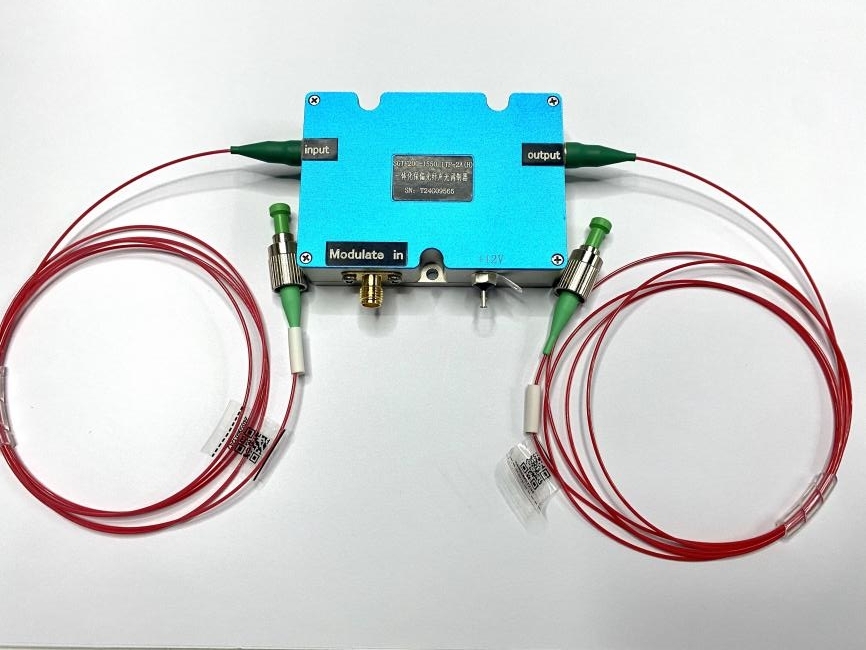
How to Achieve Efficient Coupling Between Faraday Rotators and Acousto-Optic Modulators
The Faraday rotator and acousto-optic modulator integrated in the optical scheme can be provided with an excellent combination of optical control function and signal processing. However, in order to realize its wide application prospect, we should realize the perfect coupling between the Faraday rotator and AOM. Good coupling is conducive to light’s transverse enough signals adequately, reducing data signal loss and keeping the integrity of the signal, which plays a role in improving and ensuring the performance and reliability of the system. There are mainly two ways to achieve good coupling:
Optical Interface Optimization
- Mode Matching: The core diameters and numerical apertures of the optical fibers or waveguides connecting the two devices must be carefully matched to minimize mode mismatch losses.
- Polarization Alignment: The polarization state of the light entering the AOM should be aligned with its optimal operating condition to maximize diffraction efficiency.
- Anti-Reflection Coatings: Applying anti-reflection coatings to the optical surfaces of both devices can significantly reduce reflection losses at the interface.
- Optical Fiber Alignment: Precision alignment of optical fibers or waveguides is crucial to minimize coupling losses and ensure proper mode propagation.
Mechanical Integration
- Vibration Isolation: Implementing vibration isolation techniques can reduce mechanical disturbances that may affect the alignment and stability of the optical components.
- Thermal Management: Effective thermal management is essential to maintain the stability of the optical components and minimize thermal-induced refractive index variations.
- Compact Design: A compact and robust mechanical design can improve the overall system stability and reduce the risk of misalignment during transportation and operation.
Electrical Synchronization
- Precise Timing Control: The timing of the electrical signal which is injected into the AOM should be corresponding to the polarization switching derived from the Faraday rotator for modulation.
- Low-Noise Electronics: Low-noise electronic components should be used to minimize the introduction of noise into the system, which can degrade signal quality.
- Temperature-Stable Components: Temperature-stable electronic components can help maintain the stability of the electrical signals and reduce the impact of environmental variations.
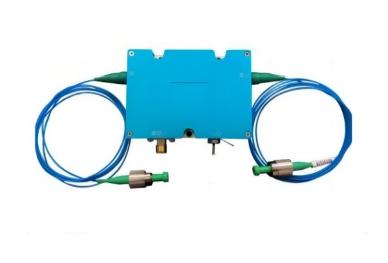
Environmental Control
- Temperature Stabilization: Implementing temperature control systems can help maintain a stable operating environment, reducing the impact of temperature fluctuations on the optical components.
- Vibration Isolation: Isolating the system from external vibrations can minimize mechanical disturbances that may affect the alignment and performance of the optical components.
- Electromagnetic Shielding: Shielding the system from electromagnetic interference can prevent unwanted noise and signal degradation.
Testing and Calibration
- Thorough Testing: Rigorous testing is essential to verify the overall performance of the coupled system, including optical power transmission, polarization state, and modulation efficiency.
- Alignment Optimization: Fine-tuning the alignment of the optical components can maximize coupling efficiency and minimize signal loss.
- Regular Calibration: Periodic calibration can help maintain optimal performance over time, especially in environments with fluctuating temperature and humidity.
Overview
Faraday rotators and AOMs, though distinct in their operation, share a common goal: to manipulate and control light. Their underlying principles, exploring their complementary functionalities, and mastering the techniques for efficient coupling, can unlock their full potential in various applications. If you want to know more about this field, you can consult Smart Sci & Tech, we will provide you with more than you want.

